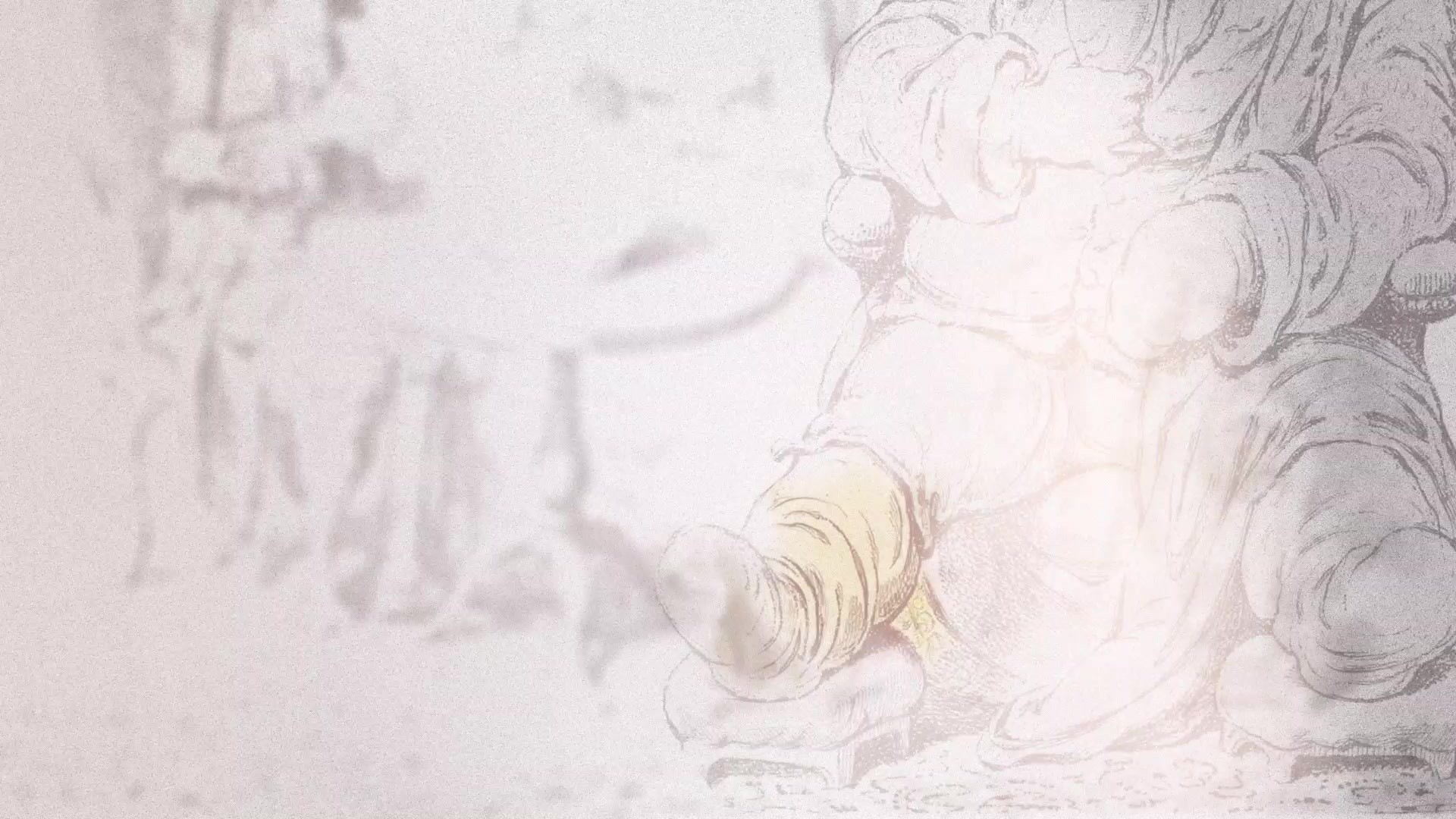Cannes Lions
Gout Revisited
AREA 23, AN IPG HEALTH NETWORK COMPANY, New York / HORIZON THERAPEUTICS / 2022


Overview
Entries
Credits
OVERVIEW
Background
Gout is often misunderstood, even by doctors. In a study of 106 rheumatologists, we learned that despite good intentions while treating patients, rheumatologists’ causal beliefs and perceptions about gout reflected negative stereotypes, with critical implications for attributions of causality and treatment recommendations.
Many of these biases can be traced back to cartoons and illustrations of gout, popularized in the 18th century.
Our objective with clinicians was to bring attention to the fact that these myths that began 300 years ago are still influencing treatment today. These images are iconic to rheumatologists, appearing in medical textbooks, journals, and peer to peer presentations. The misconceptions they portray touch on race, gender, social status, stigma, and disease presentation.
With a budget of $125,000 we set out to impact rheumatologists, with a goal of reaching the 250 top opinion leaders in the field. In essence, we set out to influence the influencers.
Idea
We sourced historical illustrations from the 1800s filled with myths about gout that still impact patient care today. Then, we painstakingly recreated these images by hand to correct the inaccuracies.
Our transformations covered many themes:
•Disease Presentation: Gout is not just in the foot. We revealed that gout is systemic and impacts vital organs
•Stigma: Patients are historically depicted as animals and monsters. We humanized the patient to reflect that every patient deserves dignity and empathy
•Race: Gout is always depicted in White men. We updated the image to show that Black women are truly at far greater risk
•Overeating: Contrary to popular belief, gout is not caused by diet. We re-envisioned an illustration to show that family history is a better predictor of gout
•Wealth and Excess: Gout was known as a disease of the rich. We recreated an iconic image to show gout disproportionately impacts those in poverty
Strategy
We conducted the first clinical study into the stigma of gout among rheumatologists. 106 rheumatologists were interviewed about their perceptions of patients with uncontrolled gout. Results were published in a poster presented at the 2021 American College of Rheumatology convention.
Insights revealed that despite good intentions while treating their patients, rheumatologists’ causal beliefs and illness perceptions about gout reflected negative stereotypes, with critical implications for attributions of causality and treatment recommendations. Many of these biases can be traced back to the cartoons and illustrations of gout popularized in the 19th century.
By debunking the prevalent subconscious biases that gout only impacts the foot, is caused by over-indulgence, affects only the wealthy, only impacts White men, and is a self-inflicted disease deserved by patients, we are speaking directly to the cases these physicians treat daily. The hope is to correct biases of the past to improve care today.
Execution
To address each bias, we had to deconstruct each outdated image and reconstruct it with the truth. The images were featured in a printed anthology that wove together the history of gout biases, contemporary consequences with supporting clinical data, and the updated illustrations.
A series of fine art posters showcased the images and directed rheumatologists to GoutRevisited.com to view a retrospective film on the gout biases of the past. The website also contained a gallery and interactive experience where viewers could literally transform the gout images from the old and untruthful to the updated and accurate.
The leather-bound books and posters were sent to thought leaders in rheumatology or delivered by sales representatives, and each illustration became a teaching tool to talk about the biases and discuss modern best practices for gout diagnosis and treatment, and patient education.
Outcome
Our goal was to influence the influencers. As such, we identified 250 key thought leaders and high-treating rheumatologists to engage with the campaign. Over 80% of our target list actively engaged with the campaign via sales representatives or website engagements.
Of special note, the original illustrations are quite commonly the first slide in KOL presentations at congresses and round tables. Within a month of launching our campaign, the updated images had been appropriated by KOLs for use in their presentations, driving a larger endorsement of our message and a bigger discussion than we had anticipated.
By correcting gout’s harmful historical record, we inspired rheumatologists to reflect on their own biases, and bring a reformed clinical and personal mindset to their practices.
“We’d like to think that medicine is impervious to biases, but clearly it’s not.
Knowing this makes me a better physician.” Dr. Kristina Clark, MD
Similar Campaigns
6 items

